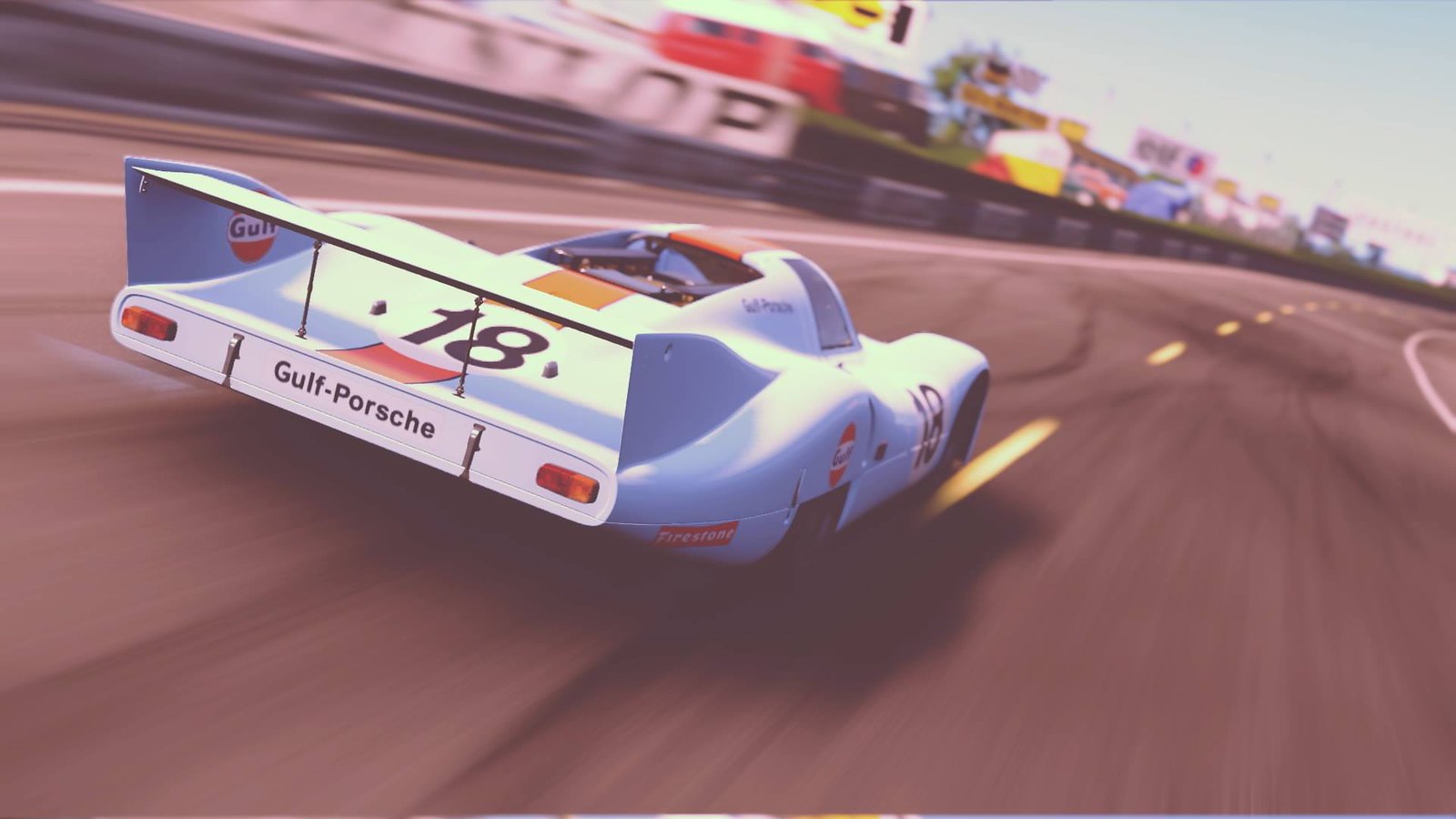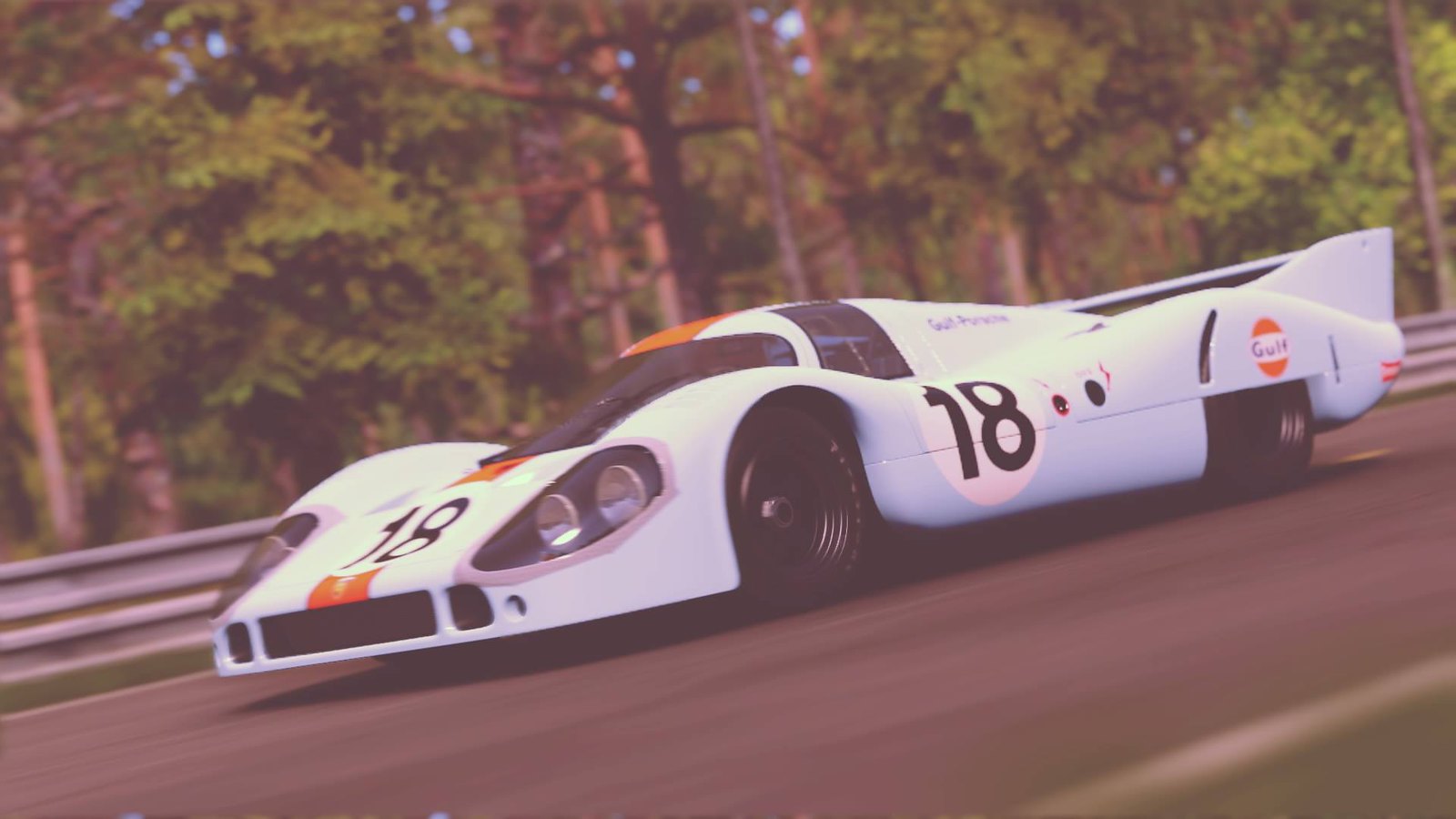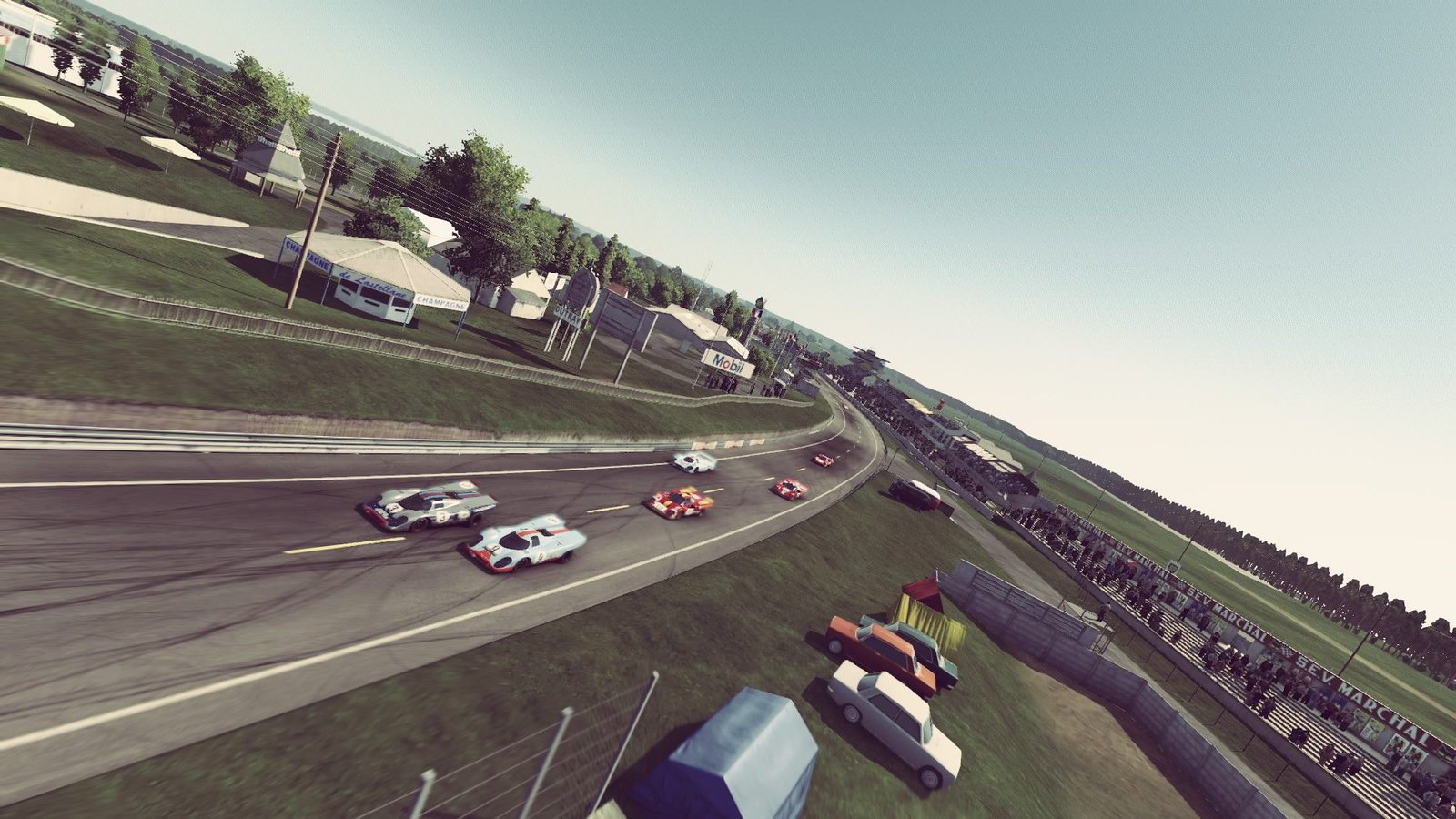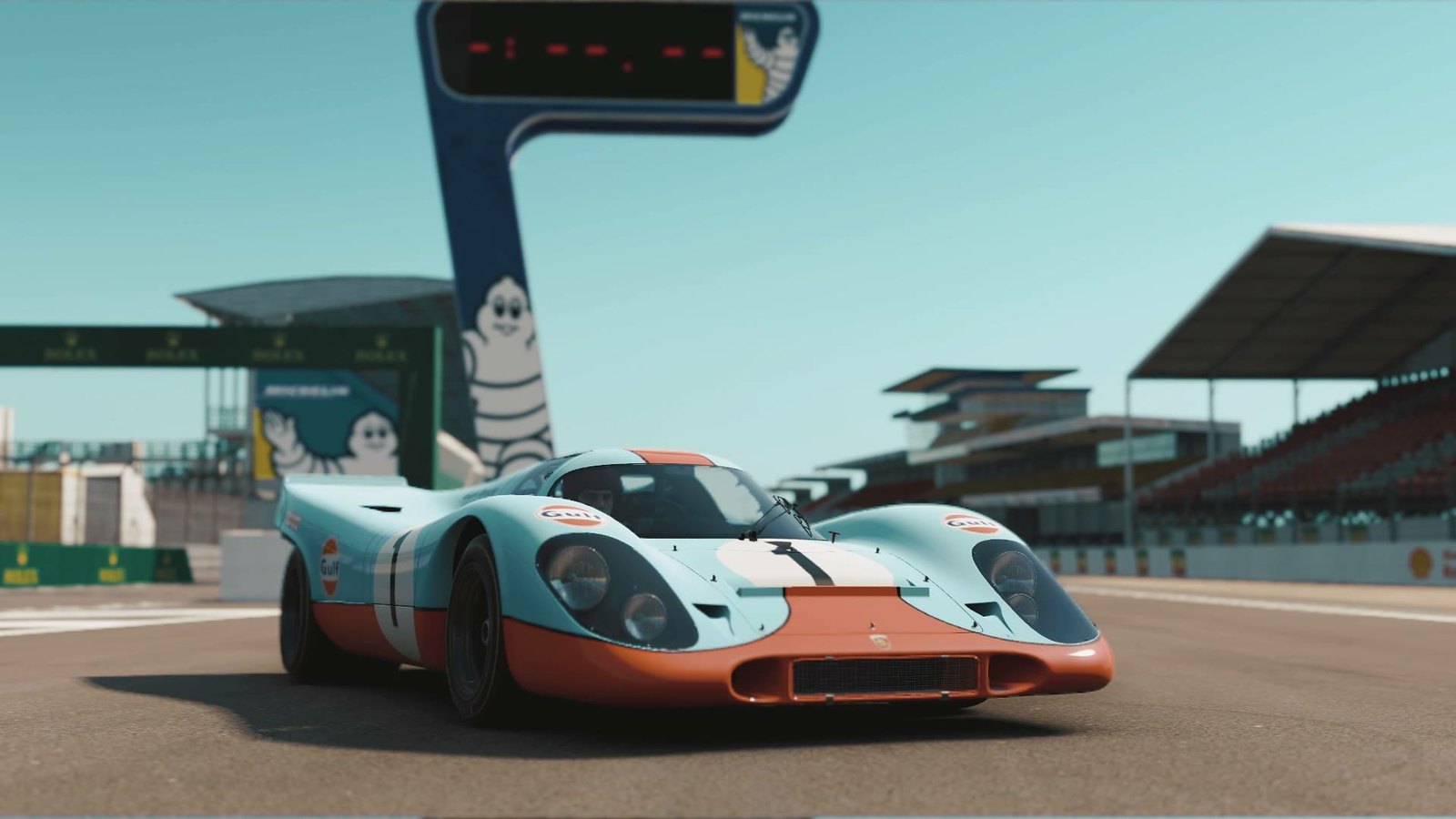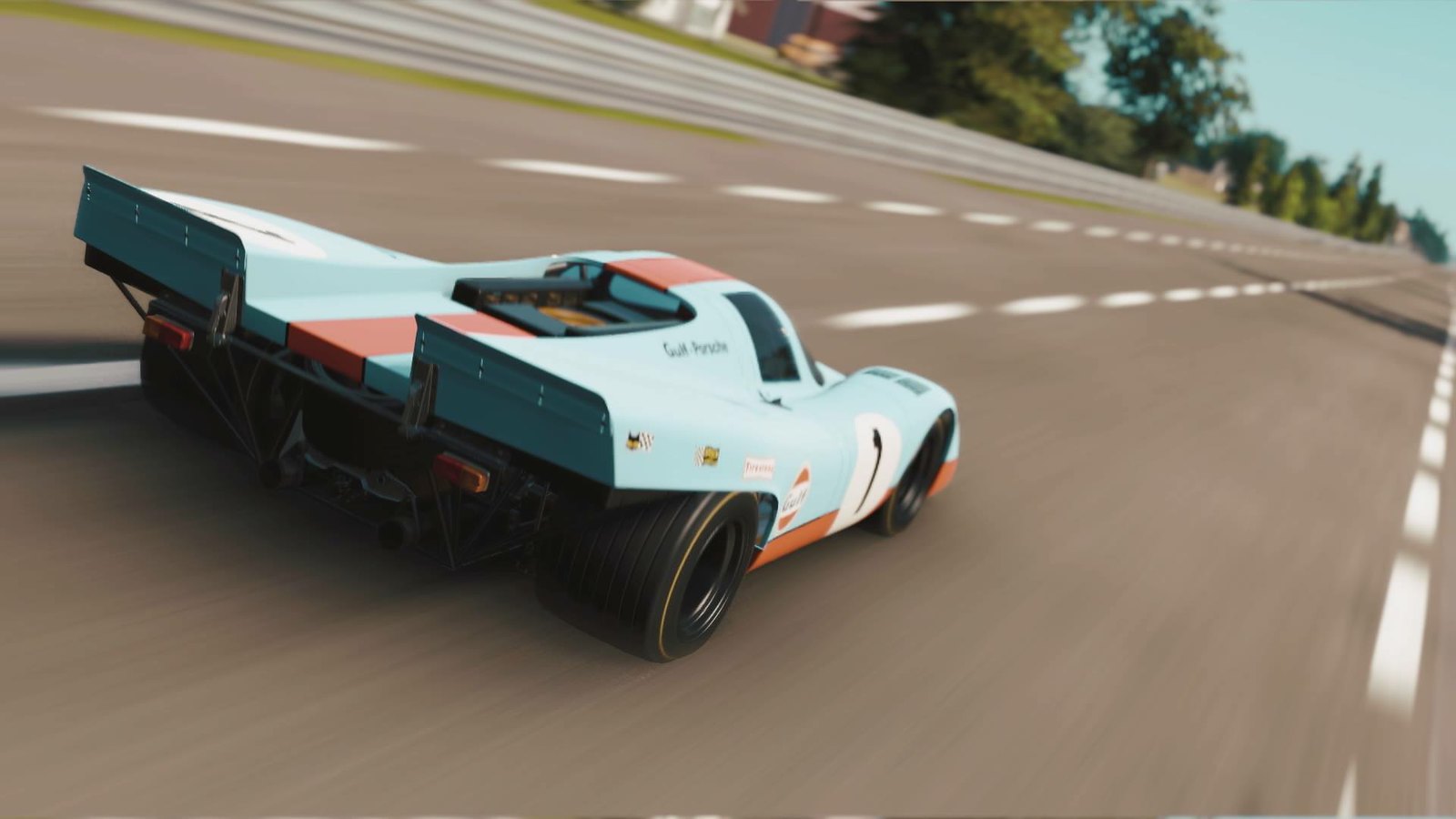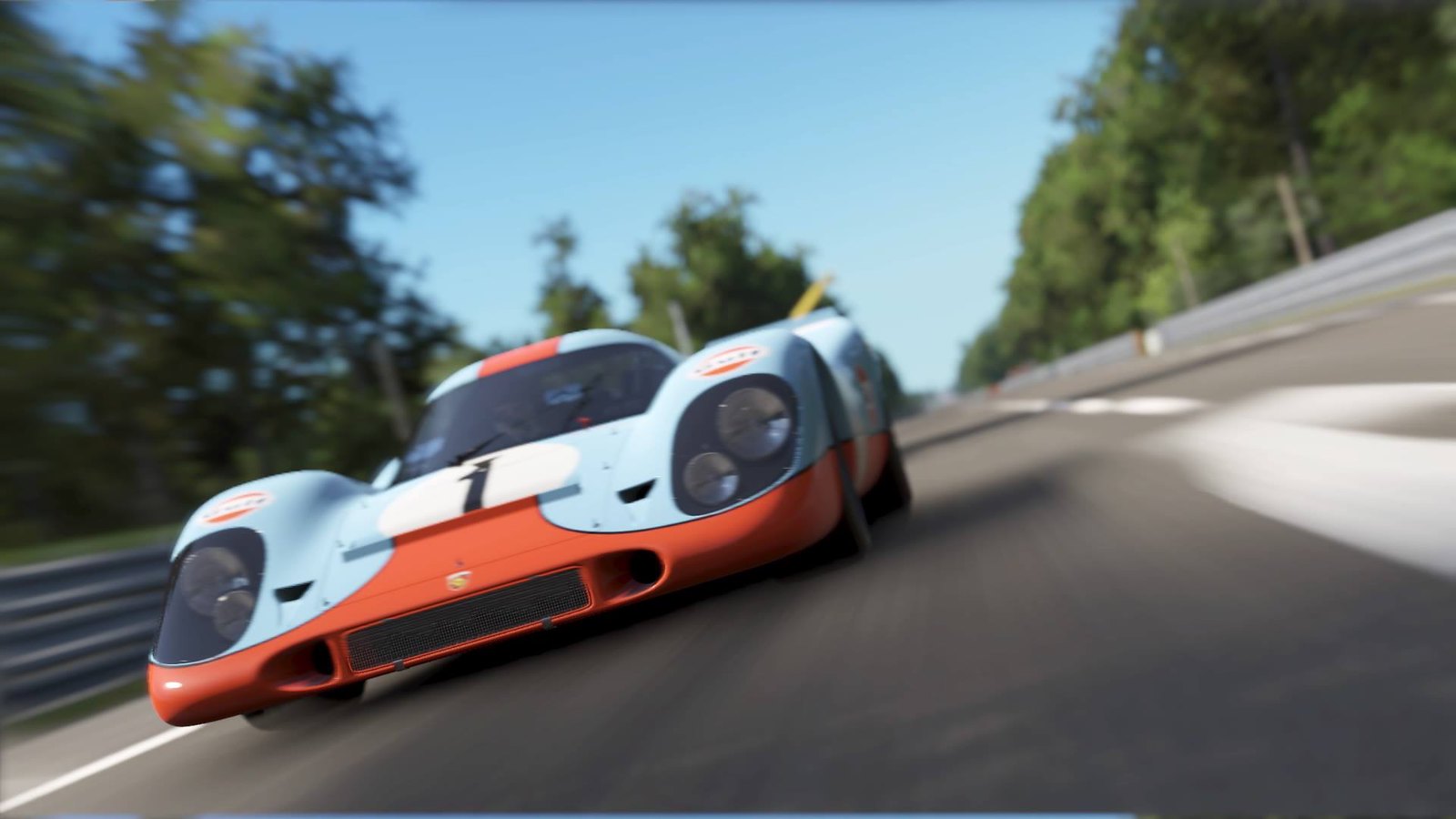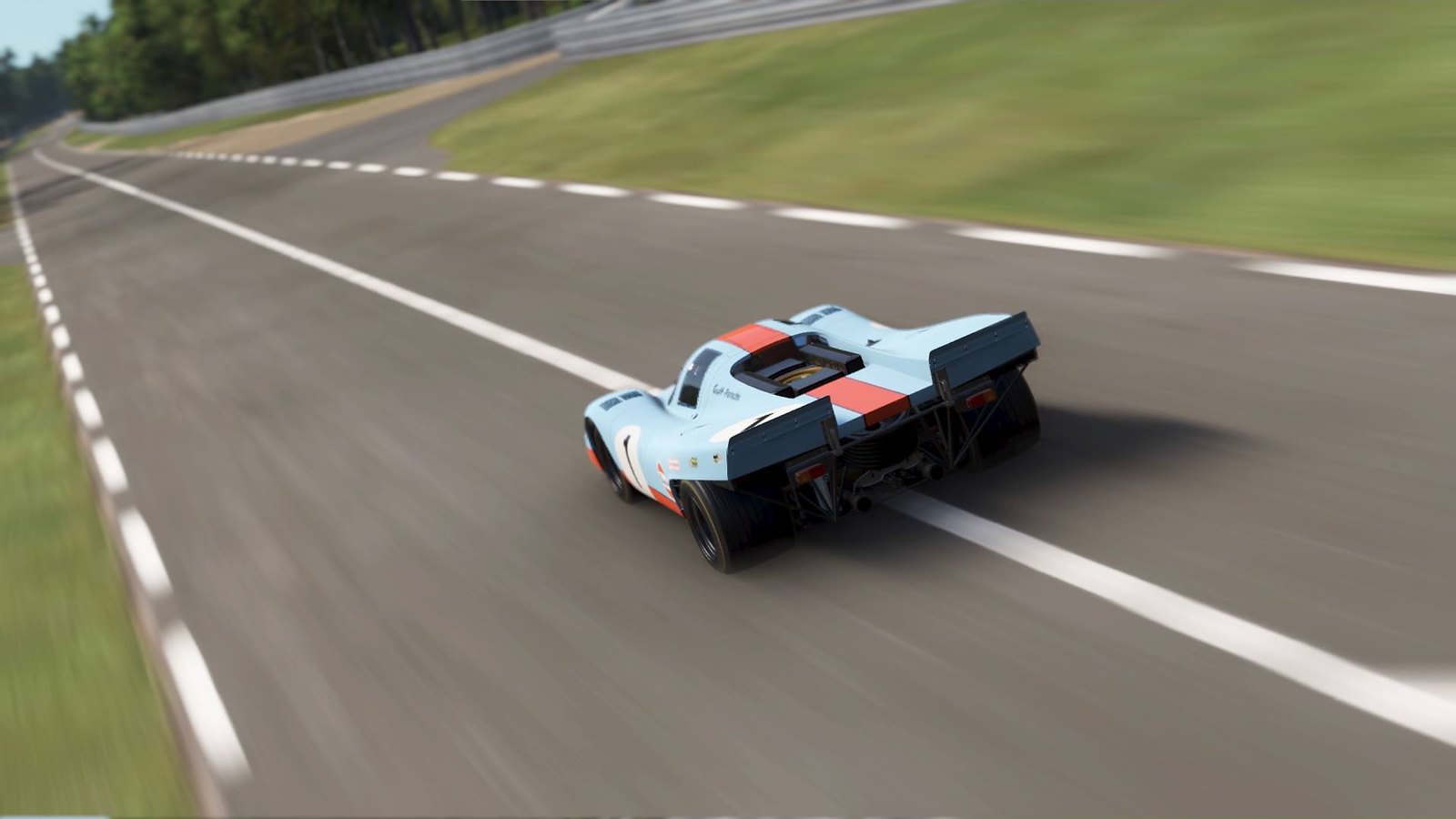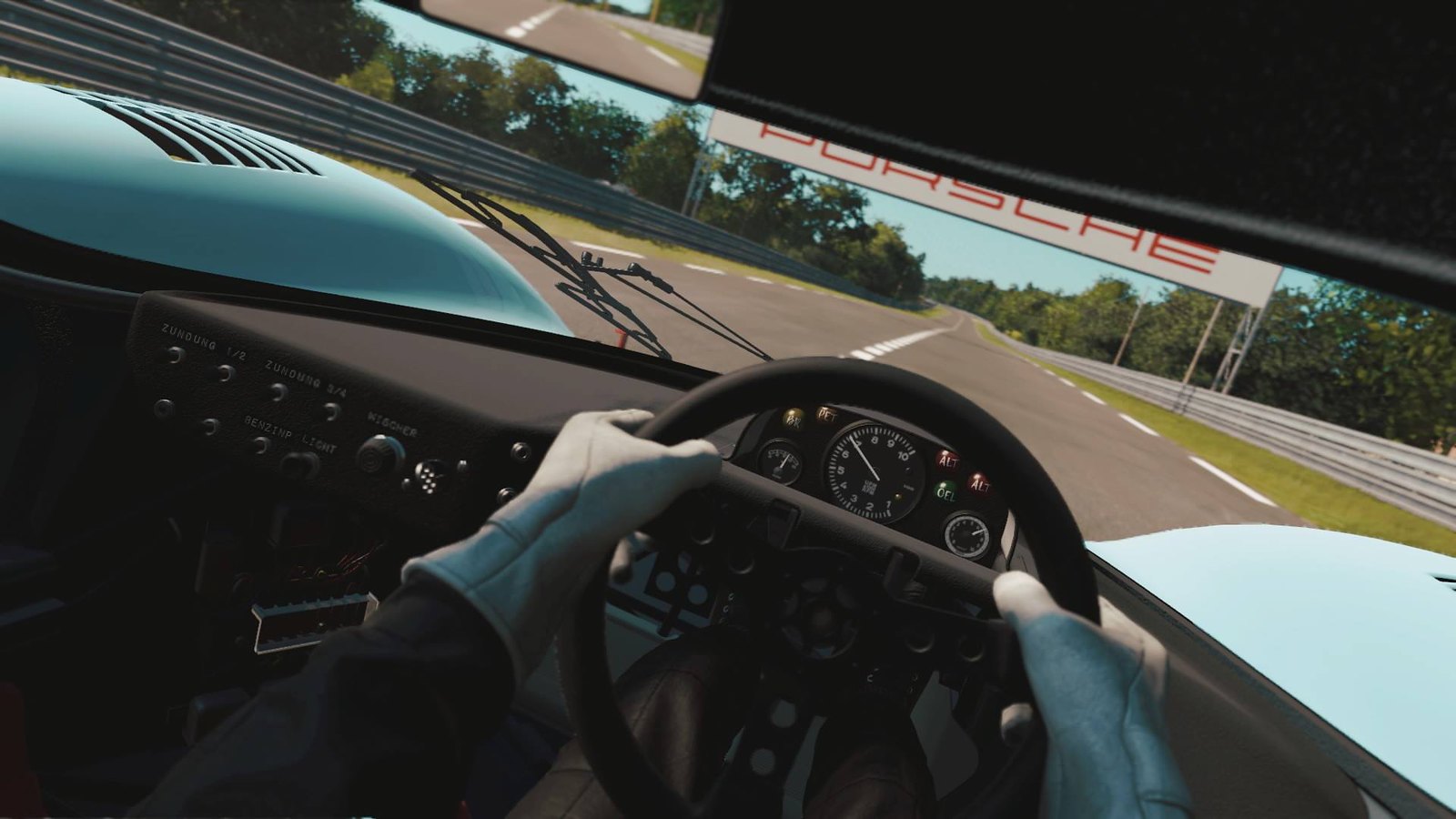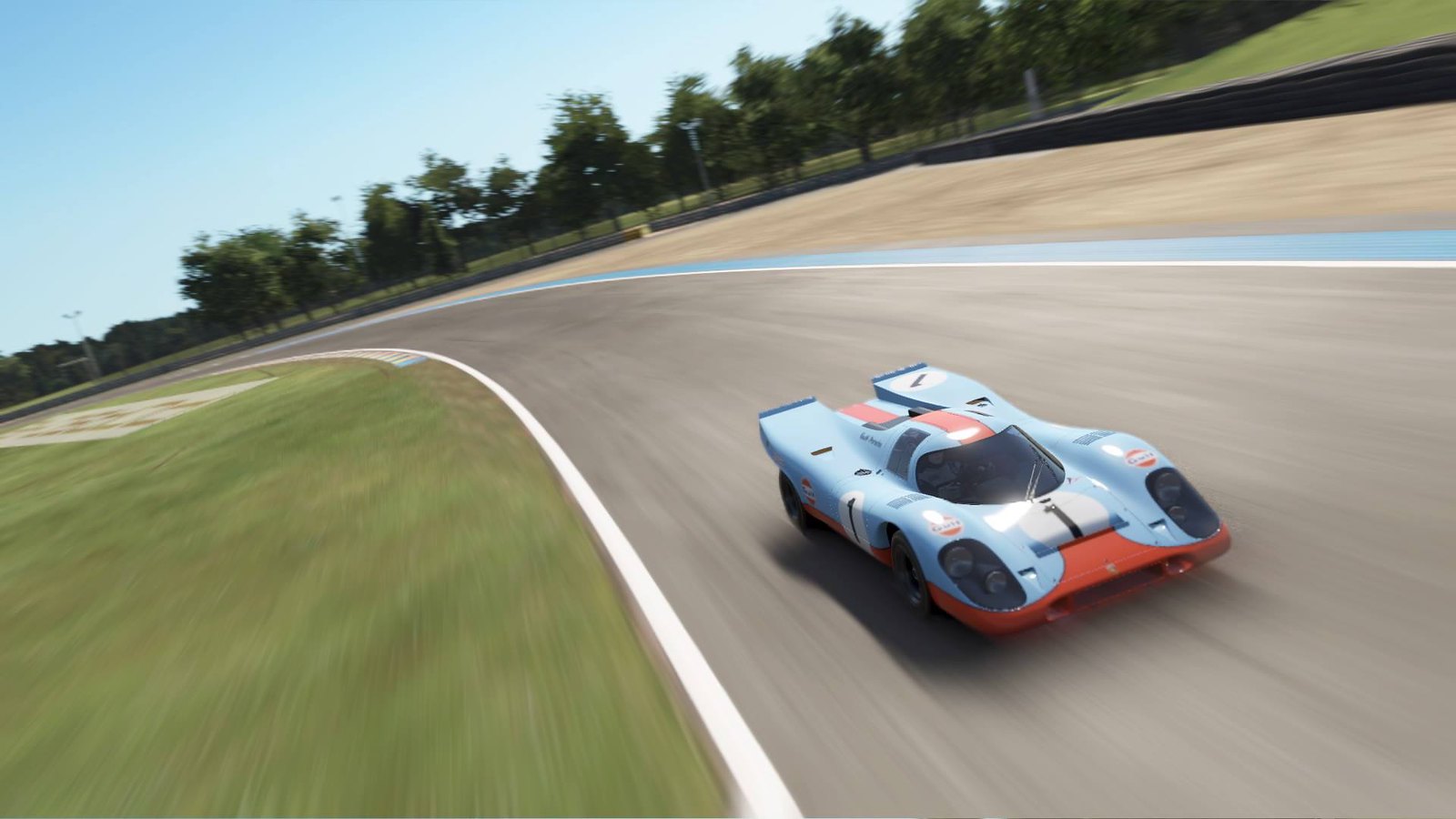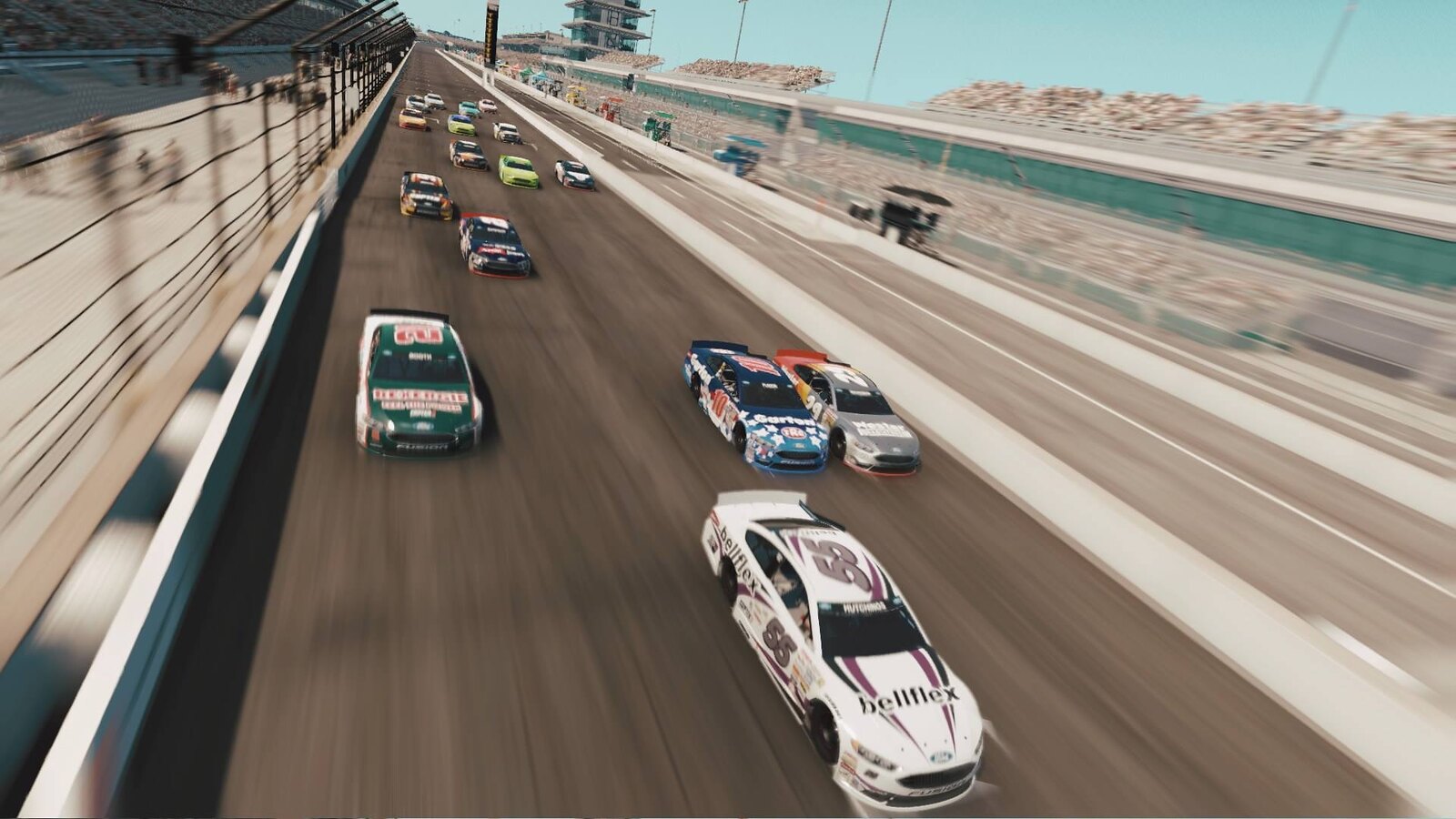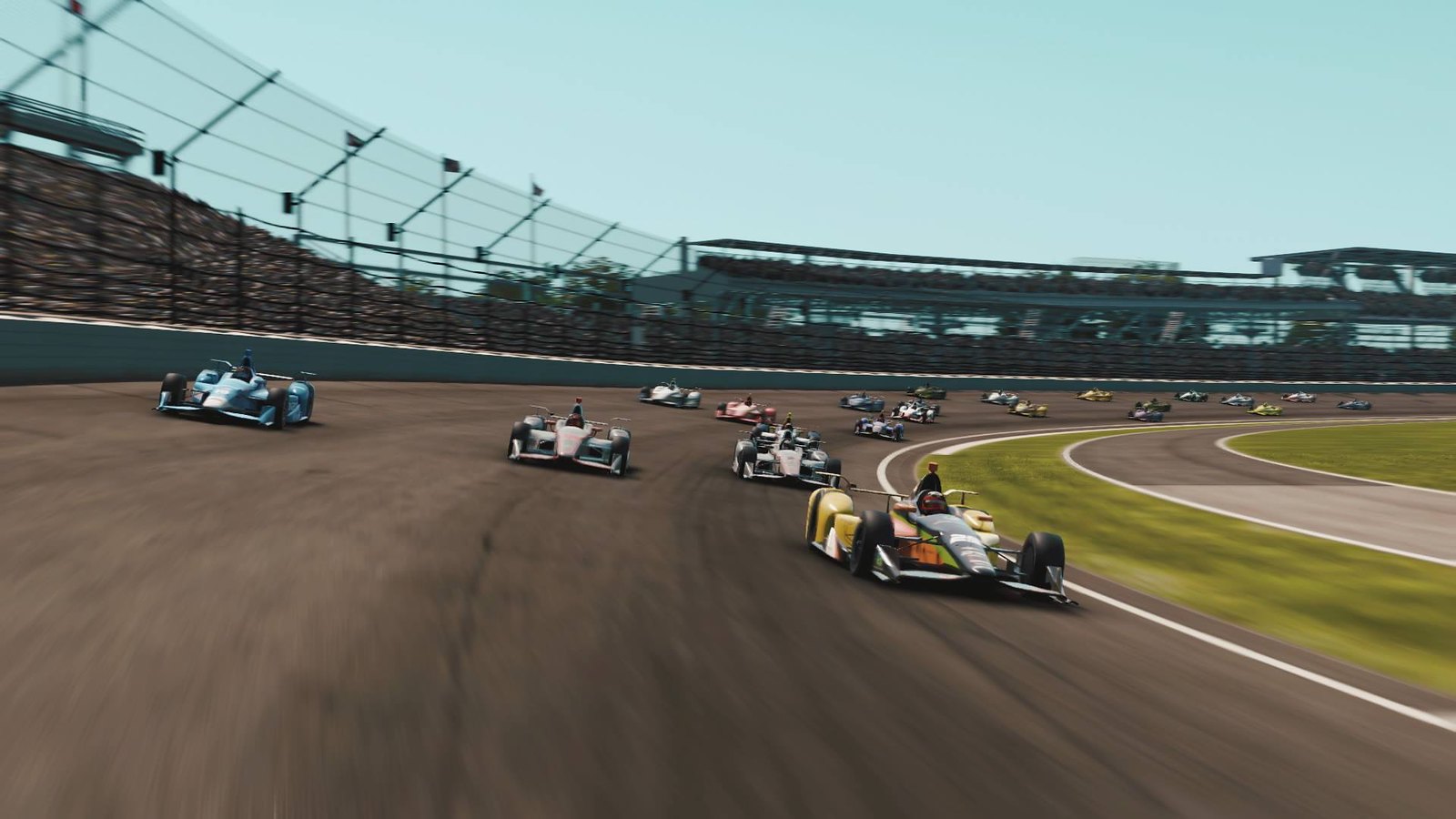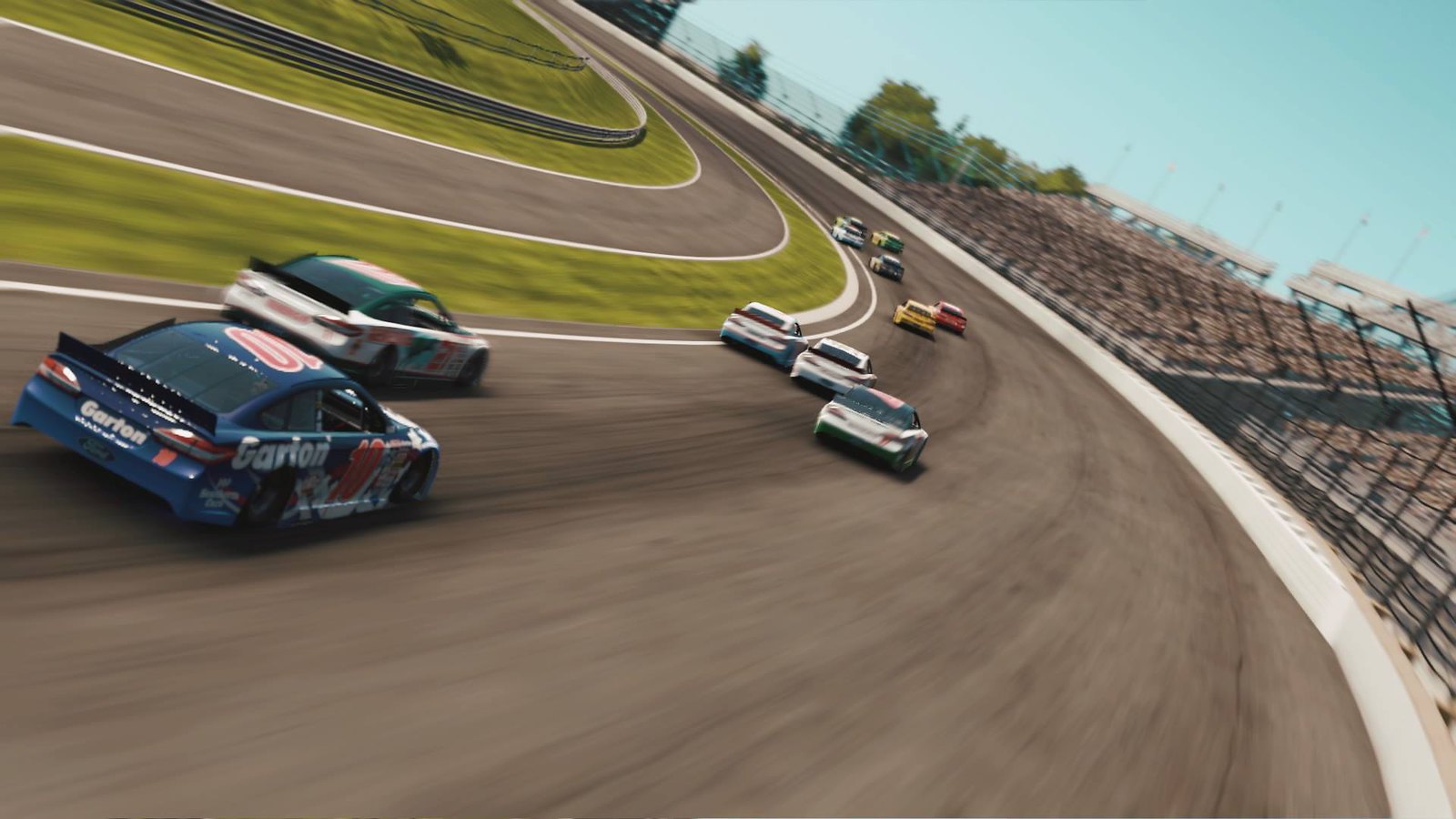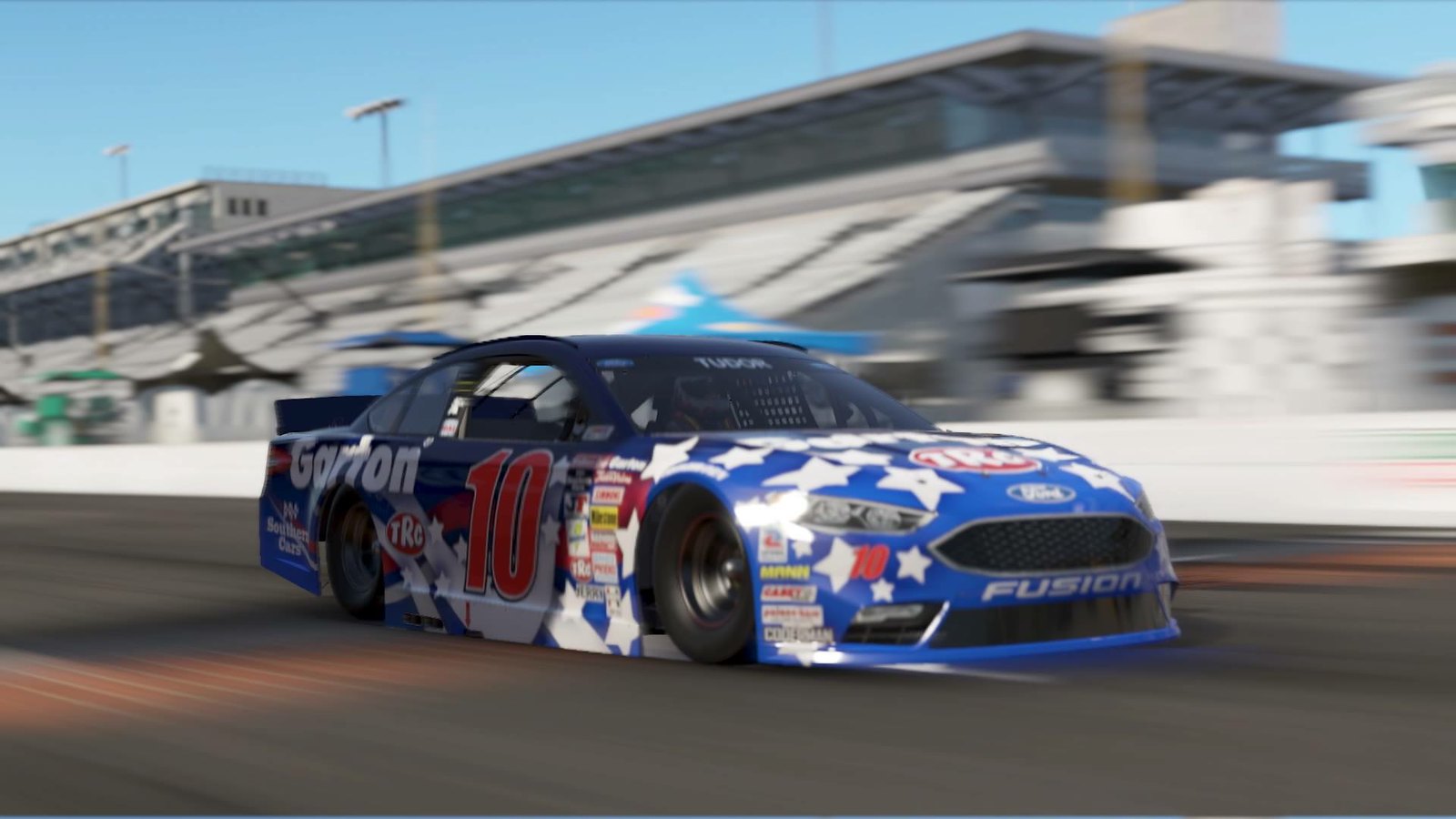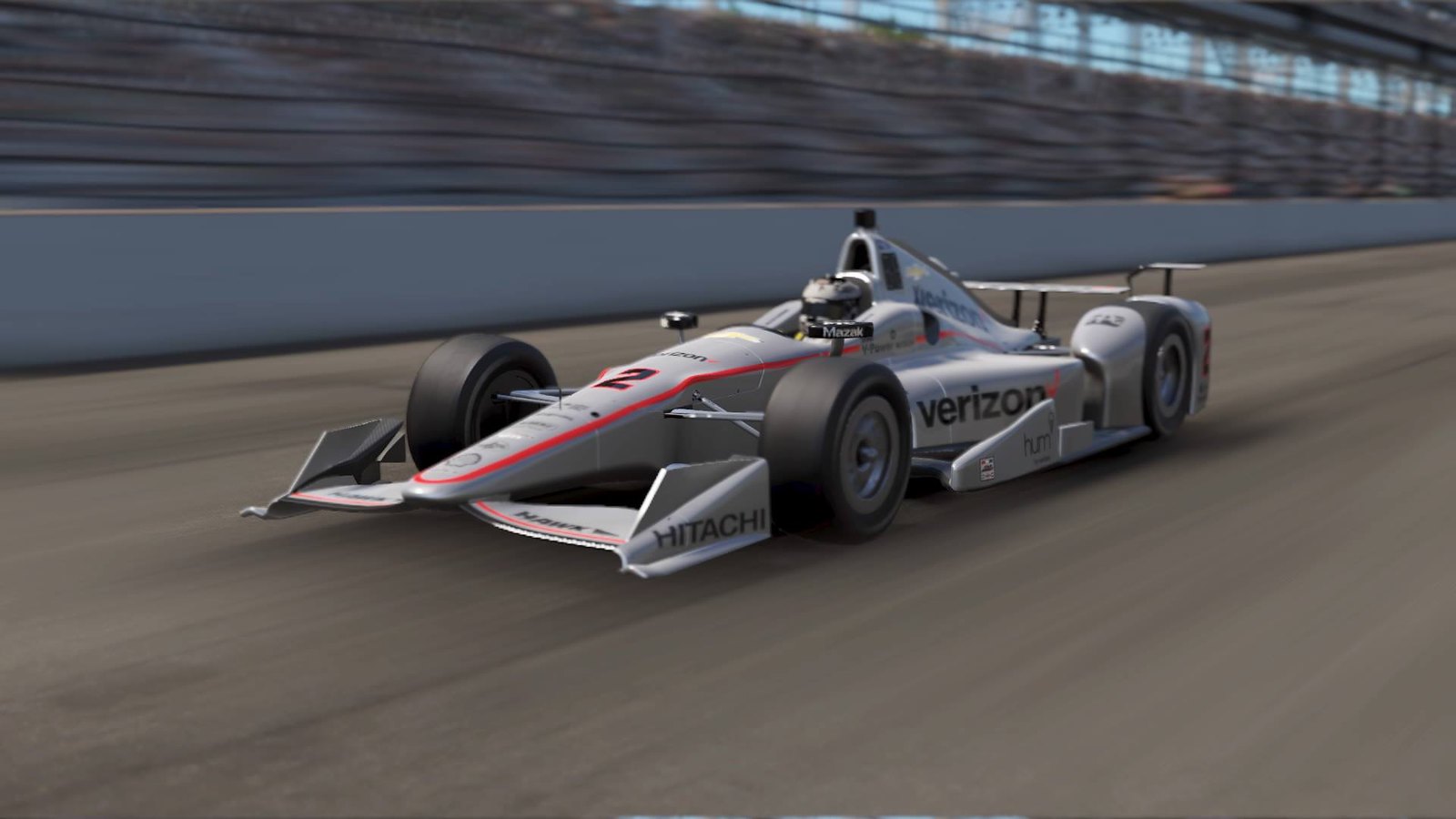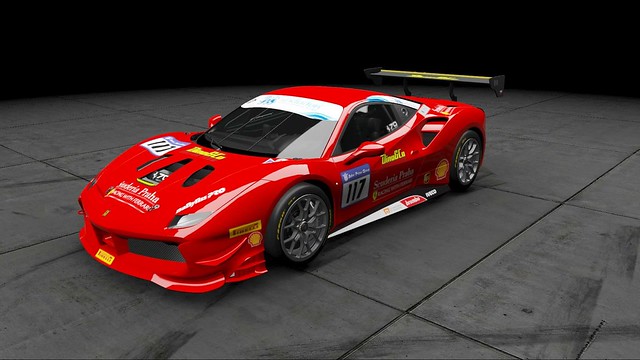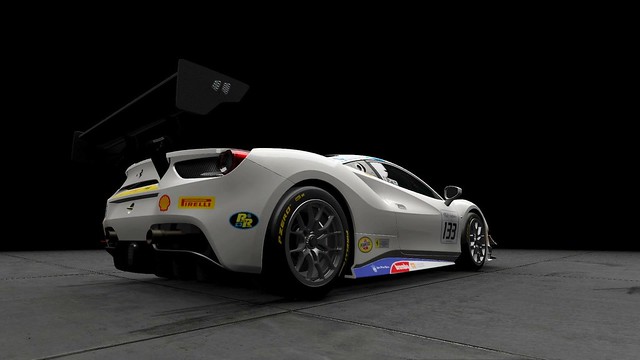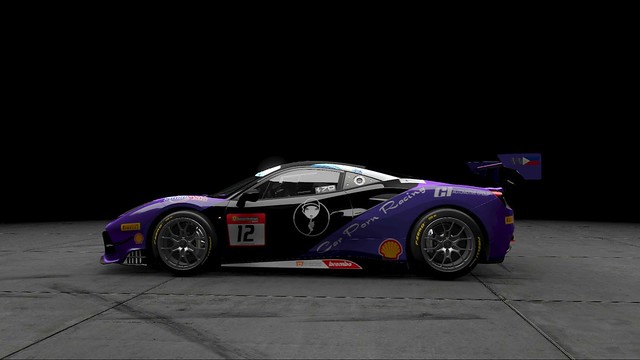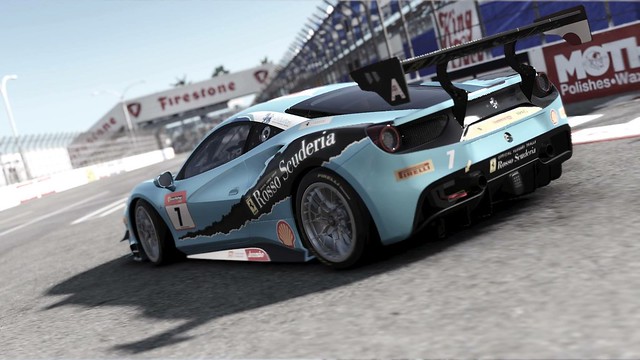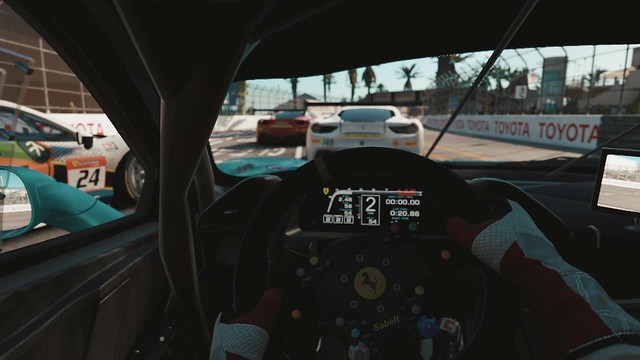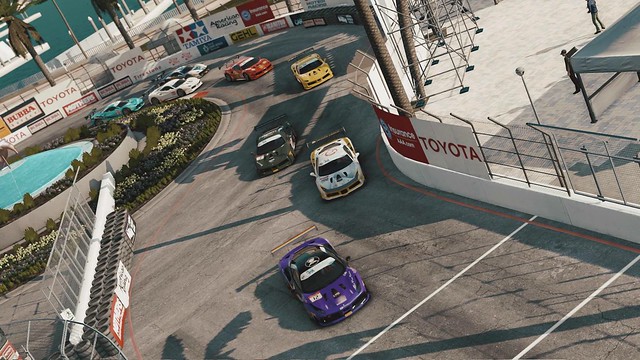The Mercedes-AMG GT R, the Acura NSX, and the Chevrolet Corvette C8 Stingray are the stars of Project CARS 3 and these machines deserve the respect it needs because these cars truly defined what makes Project CARS 3 great.
Without further ado, let's get to know more about the heroes of Project CARS 3.
First off is the Acura NSX, known as the Honda NSX in the rest of the globe. Ever since Honda revived the NSX after its 2005 discontinuation, the world rejoiced and by many surprises, the modern-day NSX shares nothing in common with the old NSX, although it retains the midship engine layout from its predecessor. Although Japanese in spirit, it was built in the USA, and powering it is a revolutionary Sport Hybrid SH-AWD where the 3.5L V6 DOHC Twin Turbo engine is connected to three electric motors that take care of the Power Drive Unit and a li-ion battery that takes charge on the Intelligent Power Unit, resulting to a total power output of 581PS of power. In its updated version, the NSX features refined chassis components, tires, and software tuning to make it more engaging than before.
Next is the Chevrolet Corvette C8 Stingray. For the first time in Corvette history, the eighth-generation model is now a mid-engined sports car, which most purists call sacrilege. Matching the best of Europe in terms of performance, the mid-engined C8 Corvette is powered by an all-new 6.2L LT2 V8 engine, producing up to 495HP of power and 470lb-ft of torque, while mated to a Corvette-first double-clutch gearbox. With the Z51 Performance Package, the C8 Corvette is armed with Magnetic Ride Control 4.0 which reads the road every millisecond and adapts in about 10 to 15 milliseconds.
The mid-engined, four-wheel drive, hybrid-powered NSX emerged is the winner of this experiment and as a result, this is the best of the three PC3 hero cars. Score another one for the Japanese carmakers.
There is a clear reason why the NSX, the C8 Corvette, and the AMG GT R are the hero cars of Project CARS 3 because these three cars represent the world of motorsports we live in. The NSX represents Asia, the Corvette represents America, and the AMG GT R represents Europe, therefore Project CARS 3 features the world's best cars and racetracks for everyone to take on.
This is the brave new world of motorsport we live in and only the fastest will come out on top.
Good luck and welcome to the world of Project CARS 3.


























